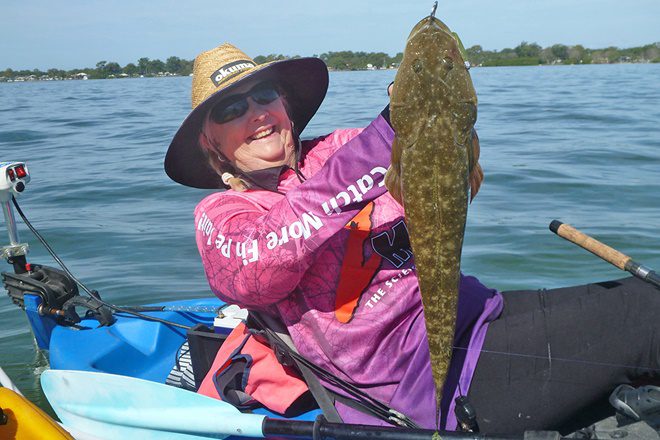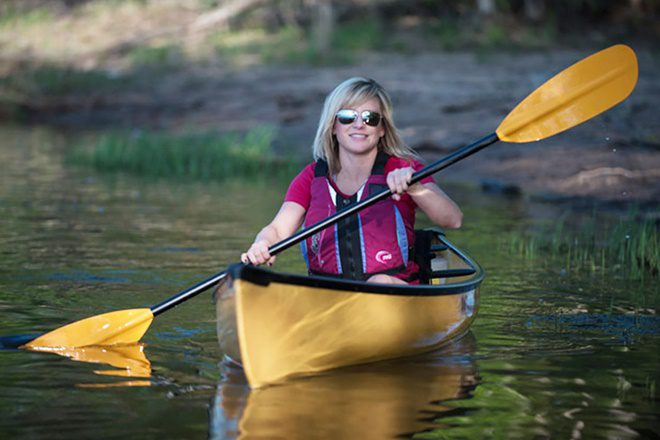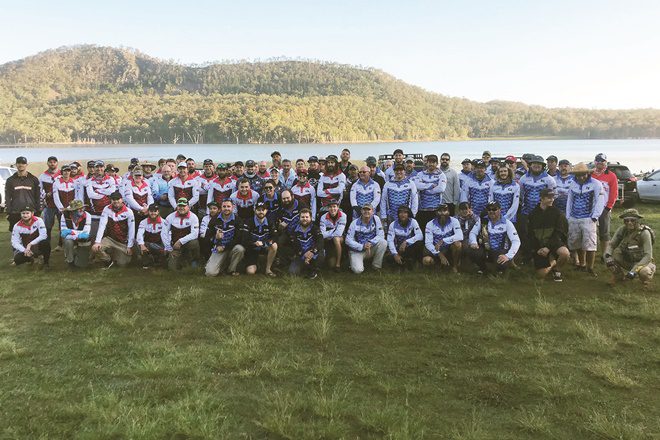


LAST month we stepped through the manufacture of a drop-in kayak rack for my box trailer to allow my kayaks to be transported upright, and launched and loaded without lifting.
In the final state as pictured last month, the rig worked perfectly allowing even my heaviest tandem Hobie to be slipped onto the skids without heavy manual handling, as planned. With local lakes closed and travel restrictions in place, my only option was a quick splash around in the river a few kilometres from home. No fishing was involved, only a practical test of the kayak rack and then a lazy hour or so of bird watching and koala spotting to ease a worsening case of cabin fever.
My rugged construction of the original design had its one flaw exposed when it came to removing it from the trailer – damn, it was heavy – time for a little redesign. So after thinking about it while sipping a coffee and watching the sunrise, I came up with a possible solution.
Scratching around behind the old shed, I dragged out a few lengths of obsolete PVC stormwater pipe. I switched up a size from 100mm to 125mm on the house to prevent losing rainwater during heavy downpours – remember them? Taking out the centre timber skids and chocks removed a total of 9.6 metres of 4×2 pine from the rig, lightening it by a full 25kg.
A few holes drilled through the PVC pipe and the use of a socket extension allowed two lengths to be bolted to the cross beams to take the place of the timber skids. I was able to find a couple of lengths of pipe with 90-degree bends attached, and made use of these to give a smooth lead onto the skids when loading the kayak.
In a fortunate coincidence, travel restrictions were eased and Queensland lakes reopened on the weekend I completed the modifications. Atrocious weather with strong westerly winds on both Saturday and Sunday made the prospect of kayaking on open water very uninviting. Despite the forecast for Monday being more of the same though slightly less severe, the decision was made to take a gamble.
After arriving at the lake at first light, launching demonstrated how effortless the modified kayak rack rig made the task of getting the heavy tandem kayak onto the water. Hardly any friction was felt between the polyethylene of the hull and the PVC skids.
I’d arranged for an old kayaking mate to meet me at the lake for some company while on the water and, keeping our social distance, pedalled our Hobies into the pale light in the east. Shortly after sunrise, I spotted a familiar looking boat trolling towards us and was pleasantly surprised to see number two son Tony and his youngest daughter out for a fish too, but other than them, we had the lake to ourselves.
A gentle northeasterly breeze was blowing into our faces very early but as the morning warmed, the lake glassed out, providing perfect conditions to be on the water in tiny craft. Completely free of electronics – no sounders or GPS – we kicked our way around the lake, checking out rock faces and flocks of birds until our legs tired, then headed back to the launch point.
Retrieving the tandem Hobie proved just as effortless as launching, with it sliding very easily in the upright position onto the PVC skids. Quite satisfied with the results of the session, having field-tested the Mark II kayak rack and encountered a few fish as well, we each drove the 20km home in time for lunch.
 Bush ‘n Beach Fishing Magazine Location reports & tips for fishing, boating, camping, kayaking, 4WDing in Queensland and Northern NSW
Bush ‘n Beach Fishing Magazine Location reports & tips for fishing, boating, camping, kayaking, 4WDing in Queensland and Northern NSW









